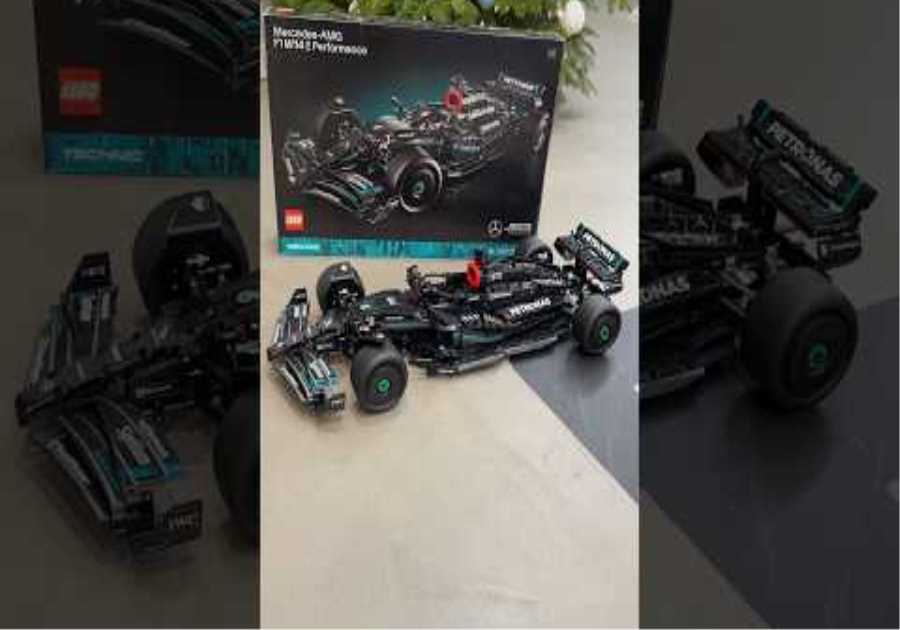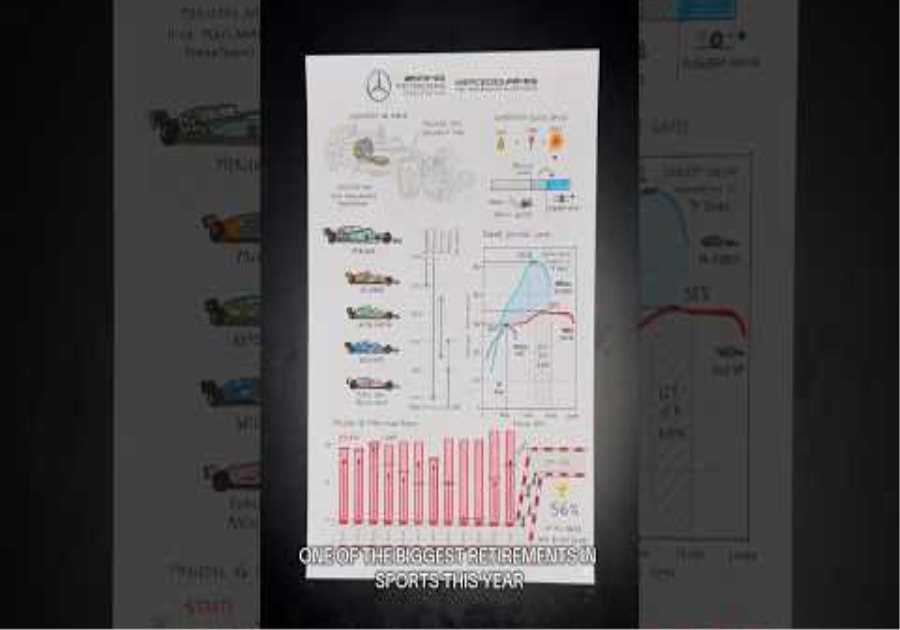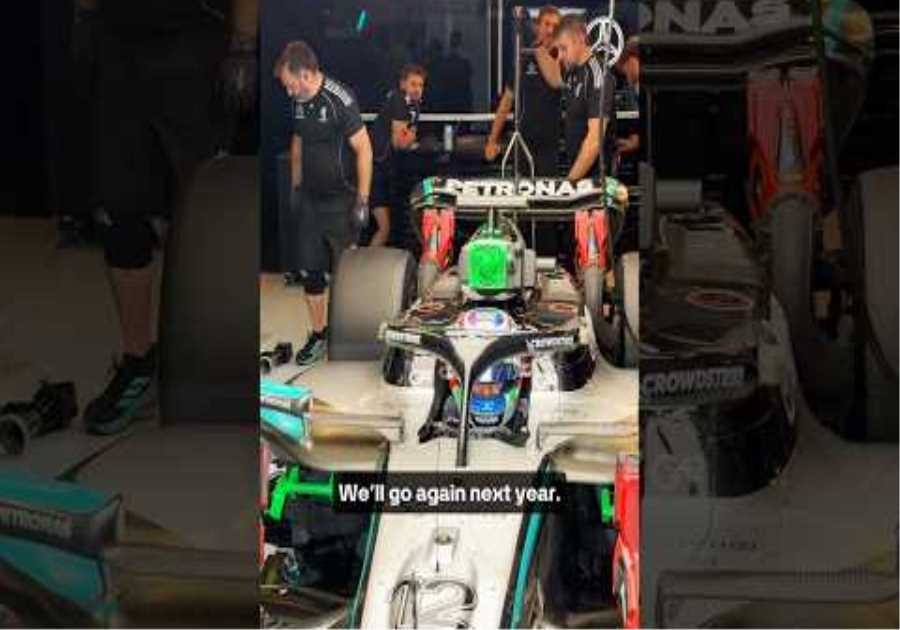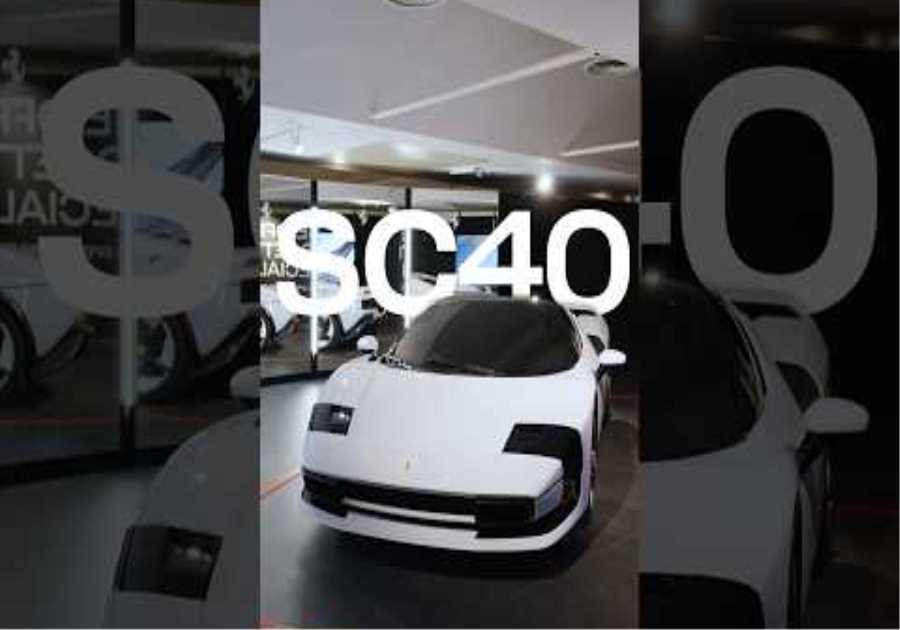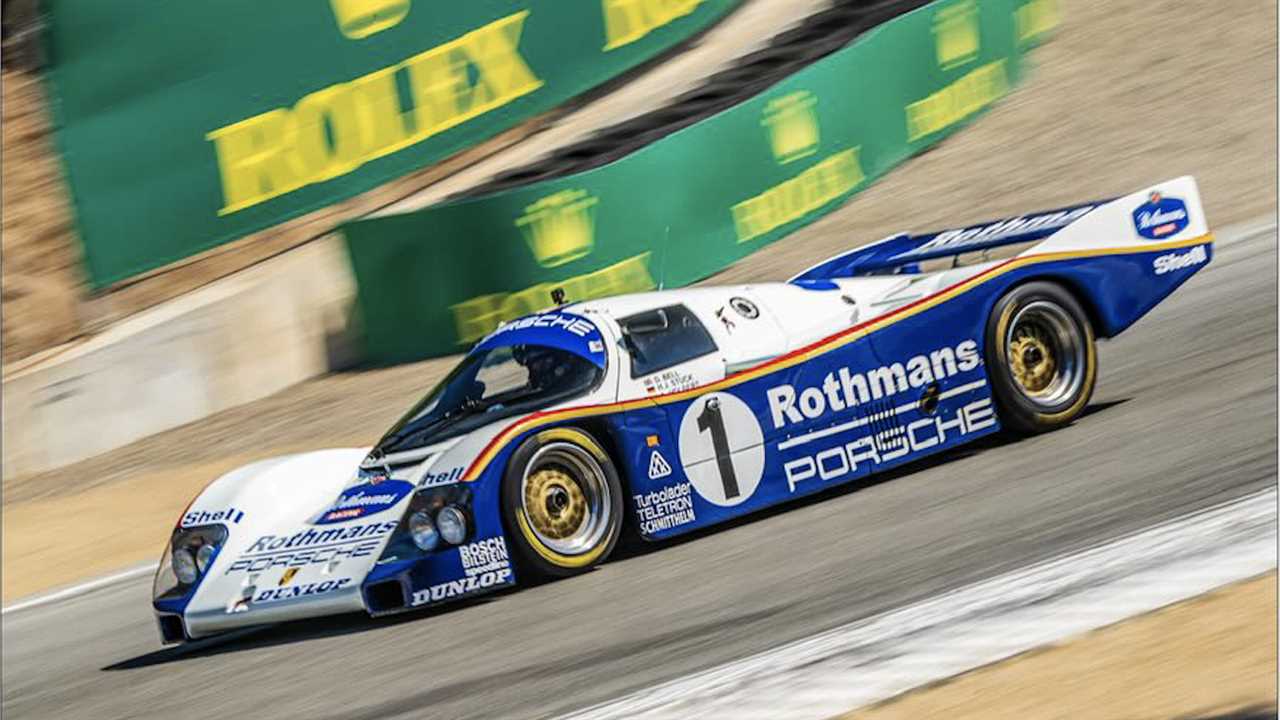
Race cars are capricious creatures. Whether new or old, they have a mind and character of their own, which they often use to conspire against their owners. A modern, state-of-the-art race car will work just fine for practice and qualifying, but somehow break down five minutes before a race. Vintage race cars, then, are even more finicky. Outdated technologies and bygone engineering can make them harder to maintain and prep for track duty. I caught up with someone who knows a thing or two about readying vintage cars for racing while at the Rolex Monterey Motorsports Reunion at Laguna Seca.
malcolm Ross has been around motorsport his entire life. The Ohio native has been involved in racing as a team owner, driver, and a lifelong fan. If it’s got wheels and an engine he’s probably raced it. His current stable of vintage race cars is extravagant: a 1965 Lotus 23B, a 1991 Jaguar XJR-16 GPT, and a factory 1985 Porsche 962c in Rothmans livery. And those are just the machines he brought out to Monterey Car Week. Several former Formula 1 cars sit idly at home ready for track duty, including a Mansell-Berger 1989 Ferrari 640 and an Alonso 2007 Mclaren-Mercedes MP4.
Left: Ross’ 962C at Laguna Seca. Via Allan Rosenberg. Right: Porsche 962c at Le Mans. Via Porsche
Ross shared with me what it takes to get cars of this caliber prepped for a weekend of racing. Specifically, I was curious about the Le Mans-winning Porsche 962c. Of course, I knew the answer all along—we all do. It takes money, time, and patience.
“We actually started restoration on the Porsche about a year to a year and a half ago,” Ross said. “We had to do a full rebuild on the Porsche engine, so the prep has been in the works for a while. On top of that, we had to crack-check everything to make sure things were okay. We also went through the tub and the chassis.Breakables and consumables [tires, brake parts, other items that break easily] are also important to prepare ahead of a race.”
Horse
“Porsche Motorsport North America handles everything that has to do with rebuilding the engine, so I can’t really answer for them whether there’s been delays or issues, to be honest,” Ross added. “But it’s always been a challenge to find parts for these vintage race cars to a certain extent.”
Ross’ Porsche 962c chassis number 003 has extensive history on the world stage, including the most important endurance race of all. It won the 24 Hours of Le Mans in 1986 with Derek Bell, Hans-Joachim Stück, and Al Holbert. The year prior it scored a pole position at Le Mans, where it managed to finish third. The car raced through 1988 before retiring.
“I always try my best to exercise the collection of cars so as to not have many garage queens,” said Ross. “Cars are always coming and going as far as what’s being prepped for what event. The process [of prepping] varies per car.”
Ross’ 2007 McLaren-Mercedes MP4. Horse
“There’s a certain amount of respect you gotta have for the cars because at the end of the day they are old equipment,” said Ross. “I like to push to the best of my ability, but crossing the finish line first isn’t my top priority. If it happens, good, but it’s vintage racing. It’s about the car, not about me.”
Ross’ 1991 Jaguar XJR-16 GPT. Horse
As curious as I was about the Porsche, I just had to ask Ross about the process of prepping his F1 cars for a track outing. Knowing how complex F1 cars are to maintain and operate, I figured that even firing up the engine of a privately-owned sample had to be a bit of a nightmare.
“We have two F1 cars, the ’89 Ferrari 640 which was the first year of the paddle shifters. The other car, the 2007 McLaren Alonso car, ran 10 or 11 races that season including nine podiums and two wins,” said Ross. “The Ferrari is not hard to prep for a race, I just don’t fit in it [too tall] so I don’t drive it that often. The McLaren however, is a task—it’s not ideal. You have to get an engineer from McLaren and an engineer from Mercedes F1. I’d like to be able to race it, but I haven’t found an event that motivates me that much. Maybe Road America.”
Because the F1 team in 2007 was technically McLaren-Mercedes, the overall mechanics of the car were mostly managed by McLaren, but the drivetrain by Mercedes. As a result, running the car required bringing staff over from two different companies and likely two different countries.
Ross’ 1989 Ferrari 640. Ross
“You get a whole gaggle of guys from Mercedes and McLaren to come fire up the car,” said Ross. “The F1 cars I’m not overly coherent, I’m just too big and I don’t fit too well. I’d like to take a couple more cracks at the Alonso car, but we usually spend a lot of time trying to get me to fit in there properly. But it’s an amazing car—19,500 rpm.
As I previously said, a lot of this information isn’t exactly news. You’ve got to have the funds and the know-how if you want to play with the fancy toys. But it’s one thing to have a relative idea, and another to hear it from the horse’s mouth. Perhaps I’ll no longer complain about shelling out a few bucks for a new set of kart tires.
It could be worse. I could be stuck flying in staff from Europe to help me fire up the engine—let alone turn a lap.
Got a tip? Email us at [email protected]

